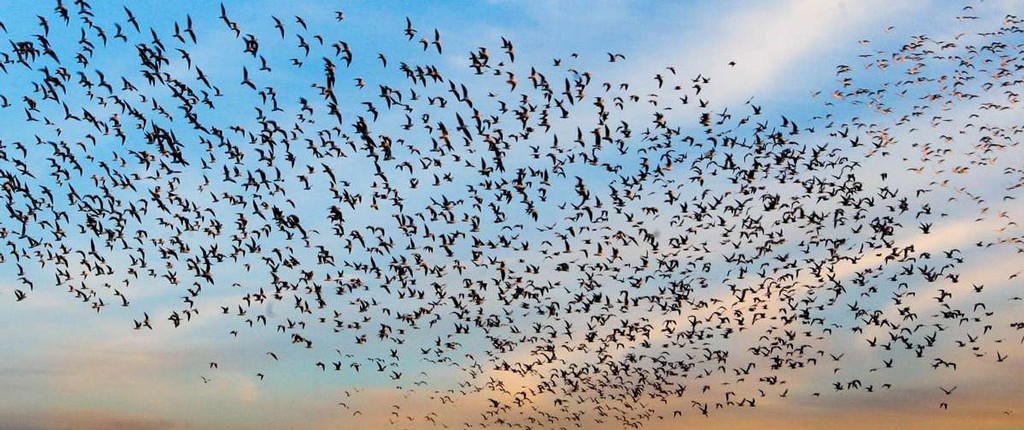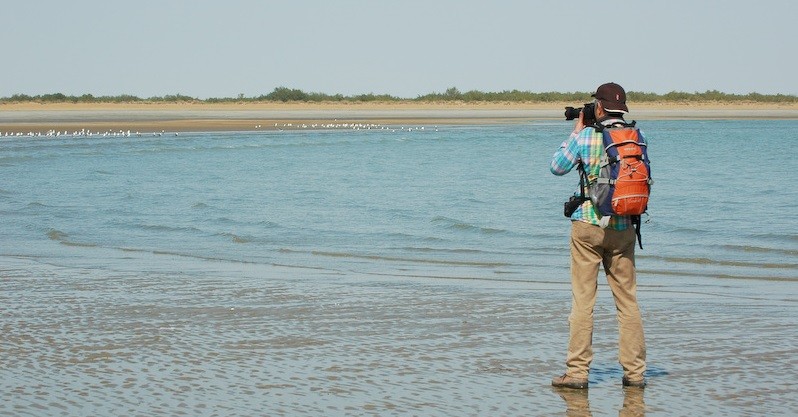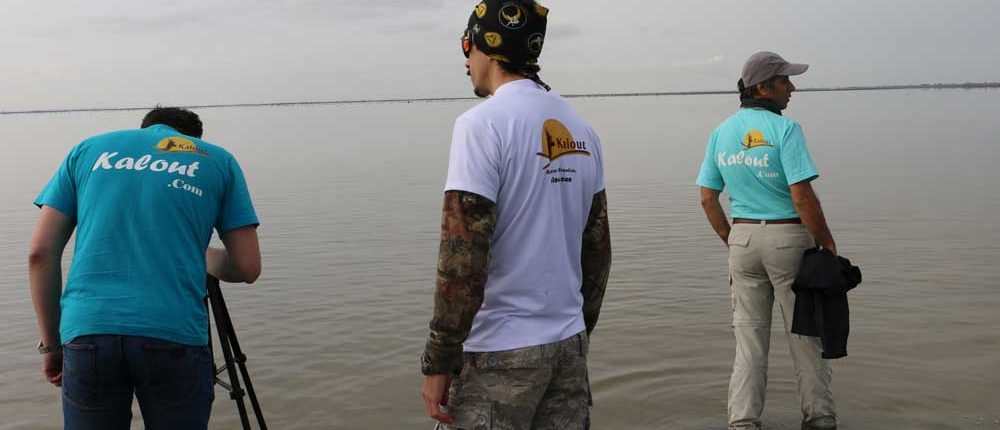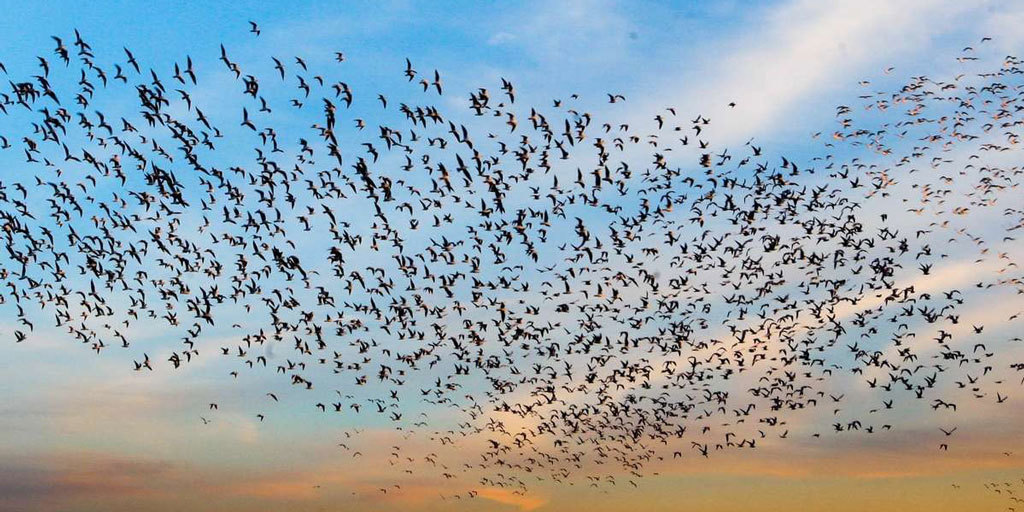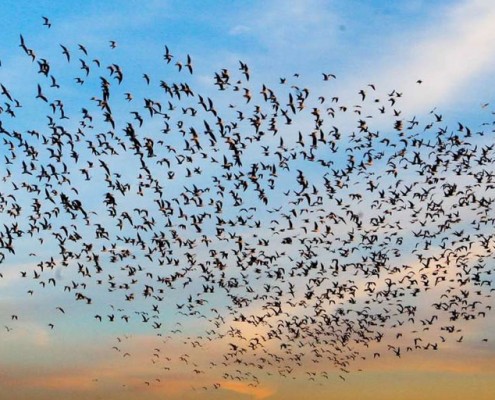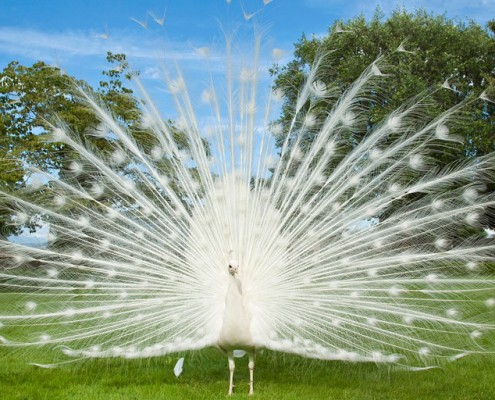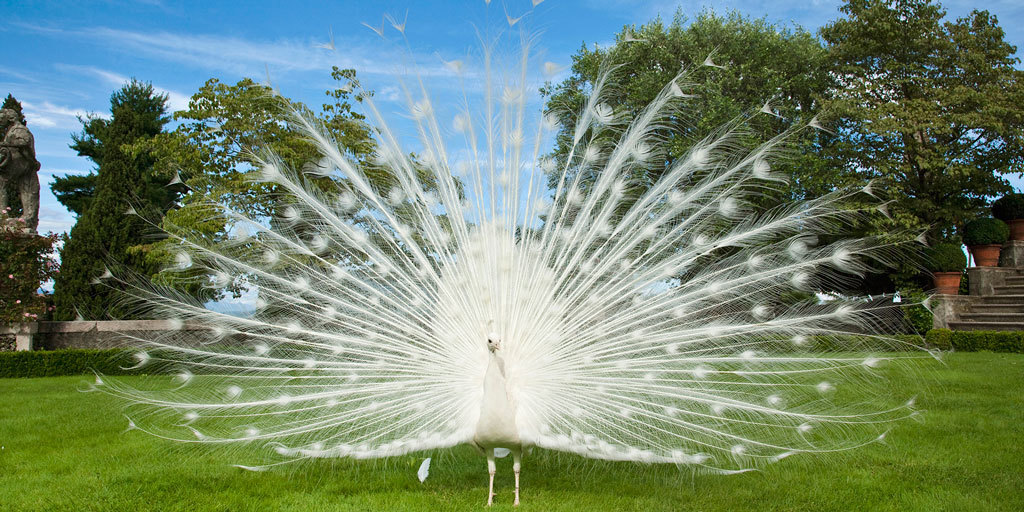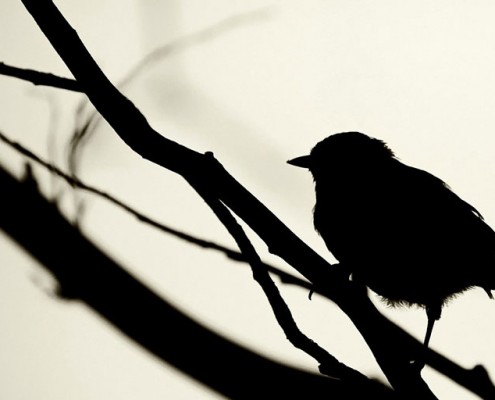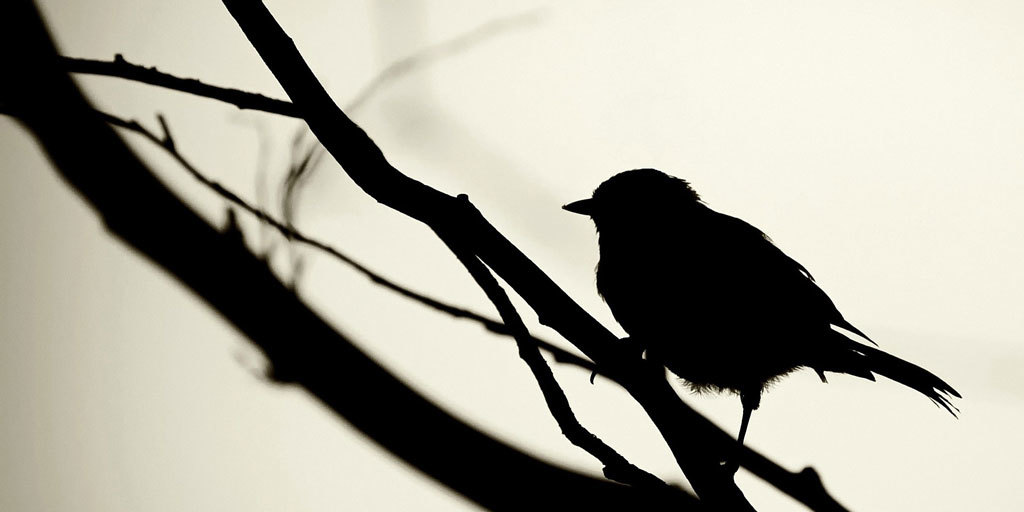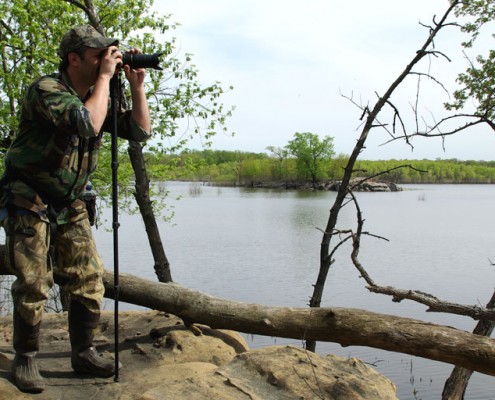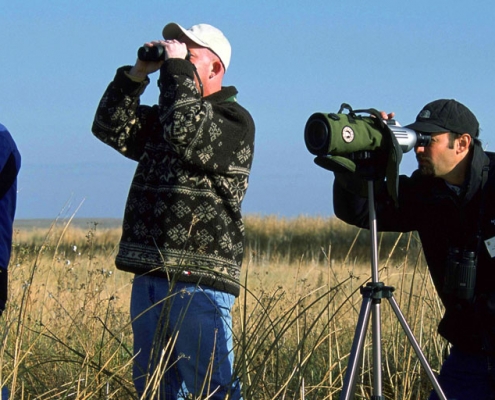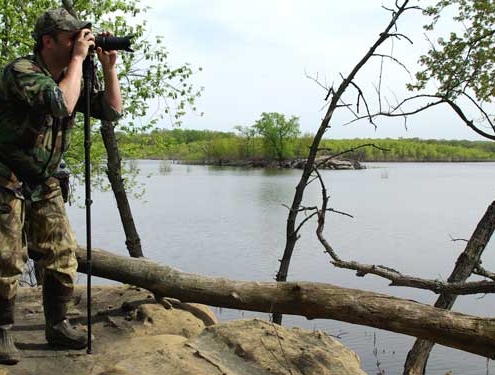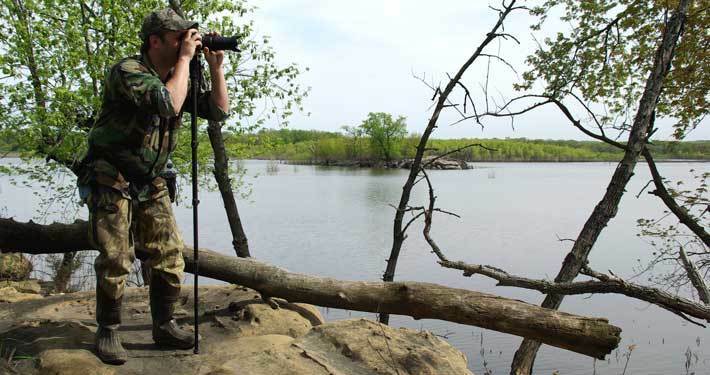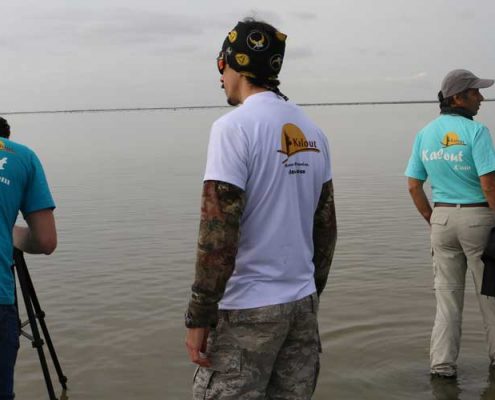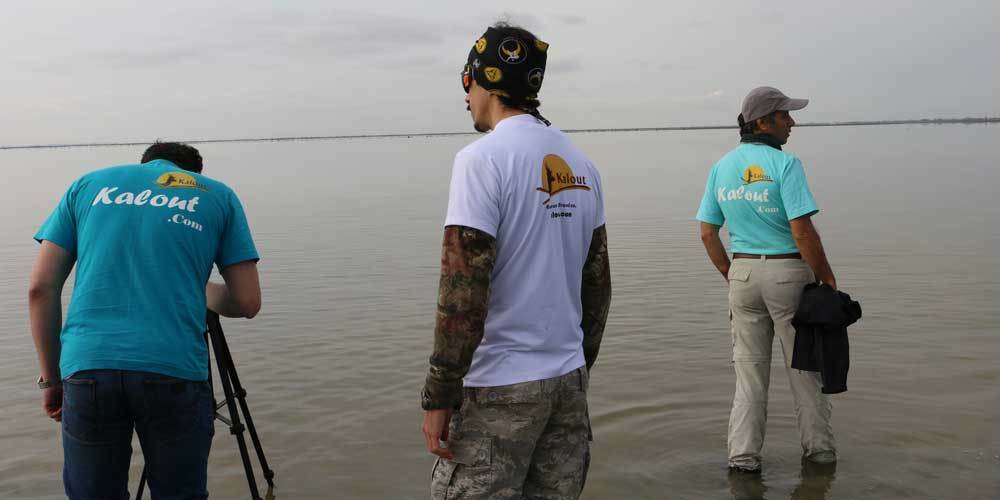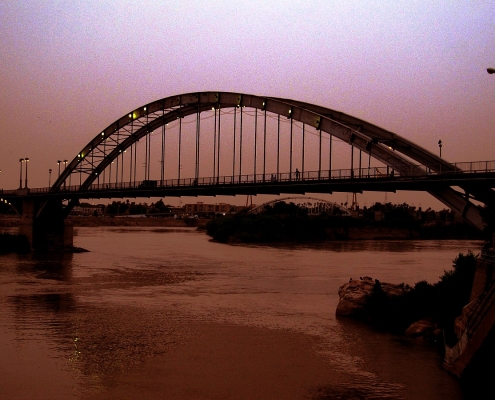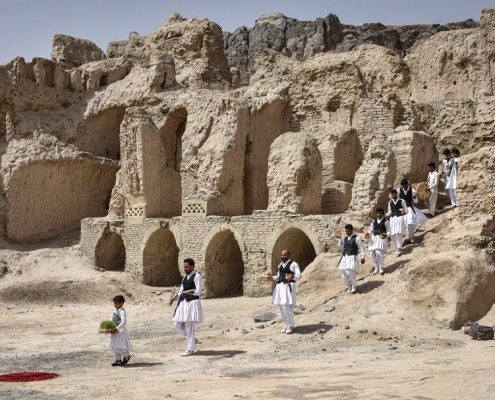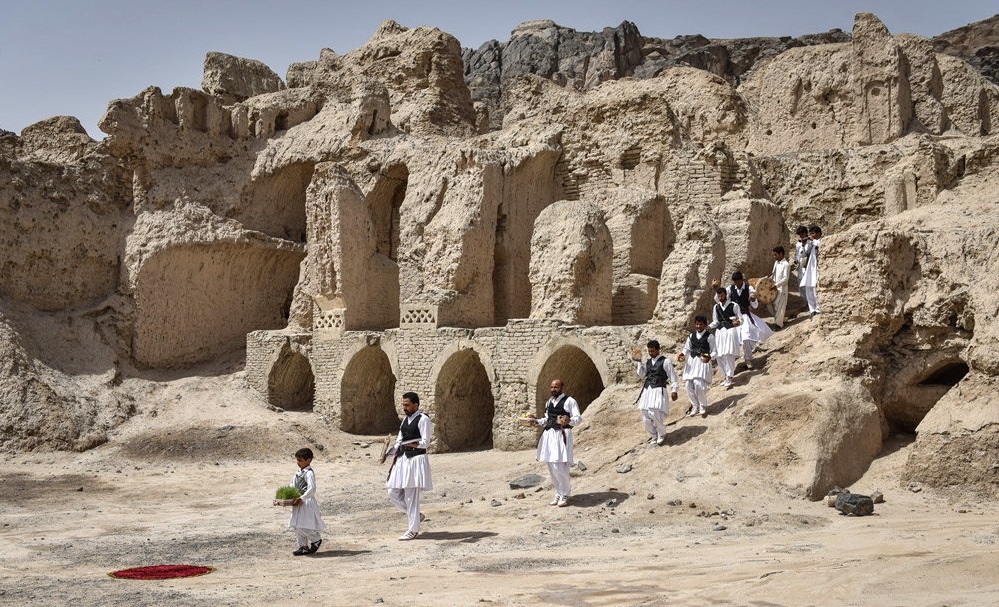Iran Birdwatching Tour
Iran Birdwatching Tour is an extraordinary tour for professional photographers. In the Iranian ecosystems approximately 8,000 species of plants, 197 species of mammals, 535 species of birds, 227 species of reptiles, 21 species of amphibians, 160 species of freshwater fishes and 710 species of marine fishes have been recorded. Iran is one of the most important countries in the Middle East and Western Asia for conservation of biological diversity. Habitat diversity in Iran allows for a wide range of animals to inhibit in Iran. With regards to ecosystem diversity of marine and coastal zones in the North and South of the country, it consists of 25 ecological types and units, in which the most important are coral reefs, bays and small islands. Bakhtegan, Bamu, Golestan, Lake Urmia, Tandooreh, Kavir and Khabr Parks are among the well-known Iran National Parks inhabiting Persian leopards, Indian wolves, wild boars, maral deer, wild goats and gazelles. Qeshm Geo-park has bio-geographic importance, vast of terrestrial, shore and sea areas, uniqueness and rarity species, biotic structure systems, high diversity, representativeness, physiognomy feature, natural characteristics, productivity, spawning, breeding and nursery grounds, integrity or self-sustaining ecological entity. Wildlife Refuges are Dar-e Anjir, Miandasht, Mouteh, Naybandan, Robat Shur and Shadegan. Arasbaran, Arjan, Hara, Gano, Lar, Hamoun, Miankaleh, Touran, Miankaleh, Anzali and Mozaffari are listed as the Protected Areas of Iran.

